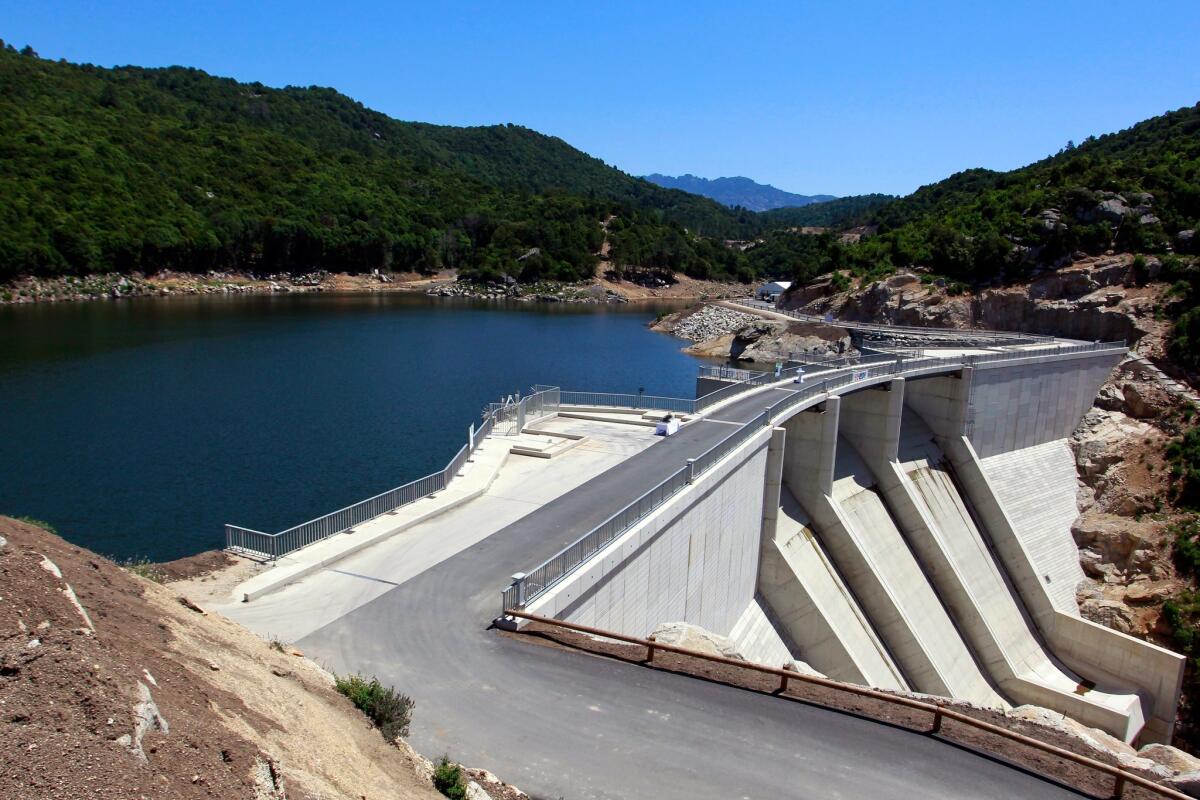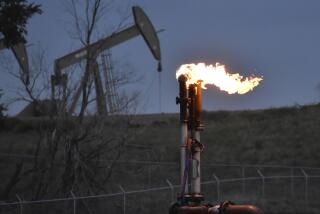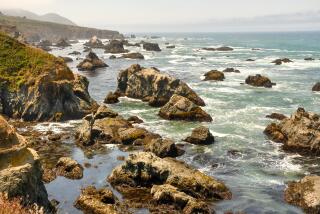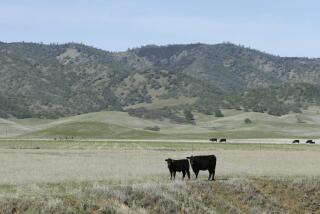Sediment behind dams creates greenhouse gas ‘hot spots,’ study finds

Hydroelectric dams may be known as a relatively clean and low-cost energy source, but a new study says that the sediment trapped behind them makes them hot spots for greenhouse gas emissions.
A team of European scientists found that methane, which is produced by organic matter in the sediment that collects behind the impoundments, bubbles up through the water and contributes more of the greenhouse gases driving climate change than previously thought.
The scientists studied six small dams on the River Saar in Germany and found “hot spot emission zones” of methane, a potent greenhouse gas that is many times more effective at trapping heat than carbon dioxide.
While some 50,000 large dams around the world are a known source of methane emissions, the study suggests that millions of smaller dams are adding a lot to the atmosphere too.
“Our results suggest that sedimentation-driven methane emissions from dammed river hot spot sites can potentially increase global freshwater emissions by up to 7%,” according to the study published in the journal Environmental Science & Technology.
That’s likely to increase as more dams are built around the world for water storage and power generation and more sediment accumulates behind them, the study says.
Twitter: @tonybarboza







